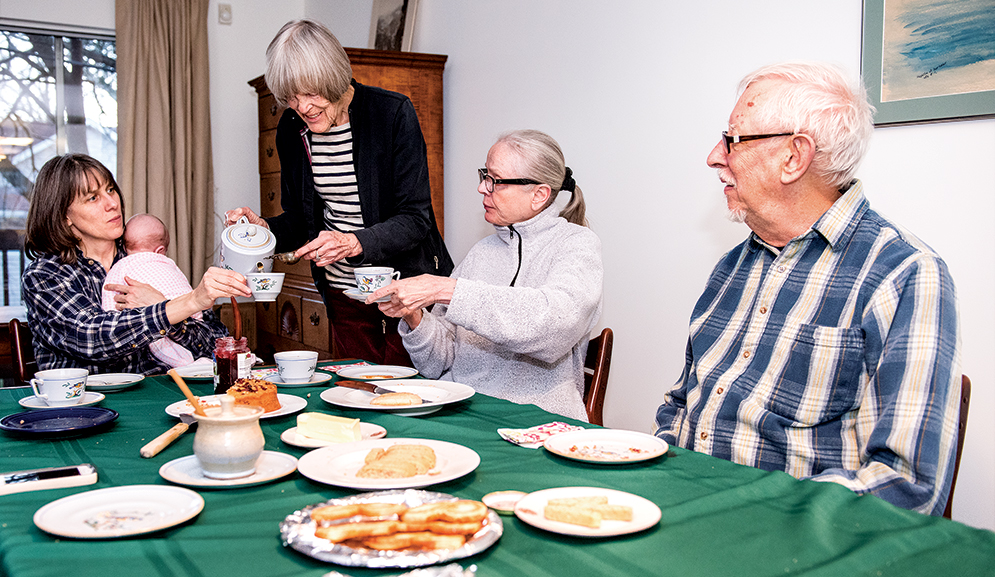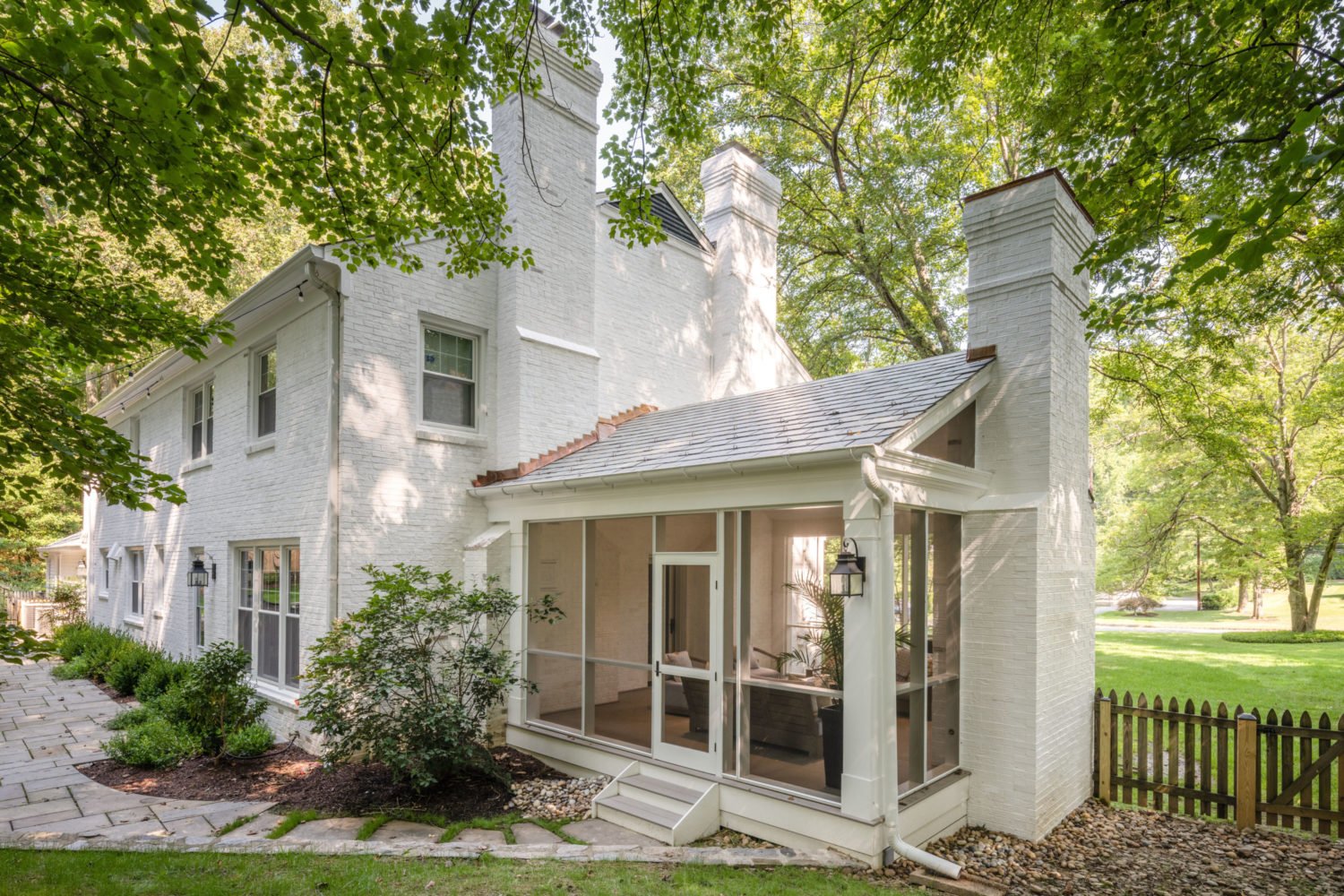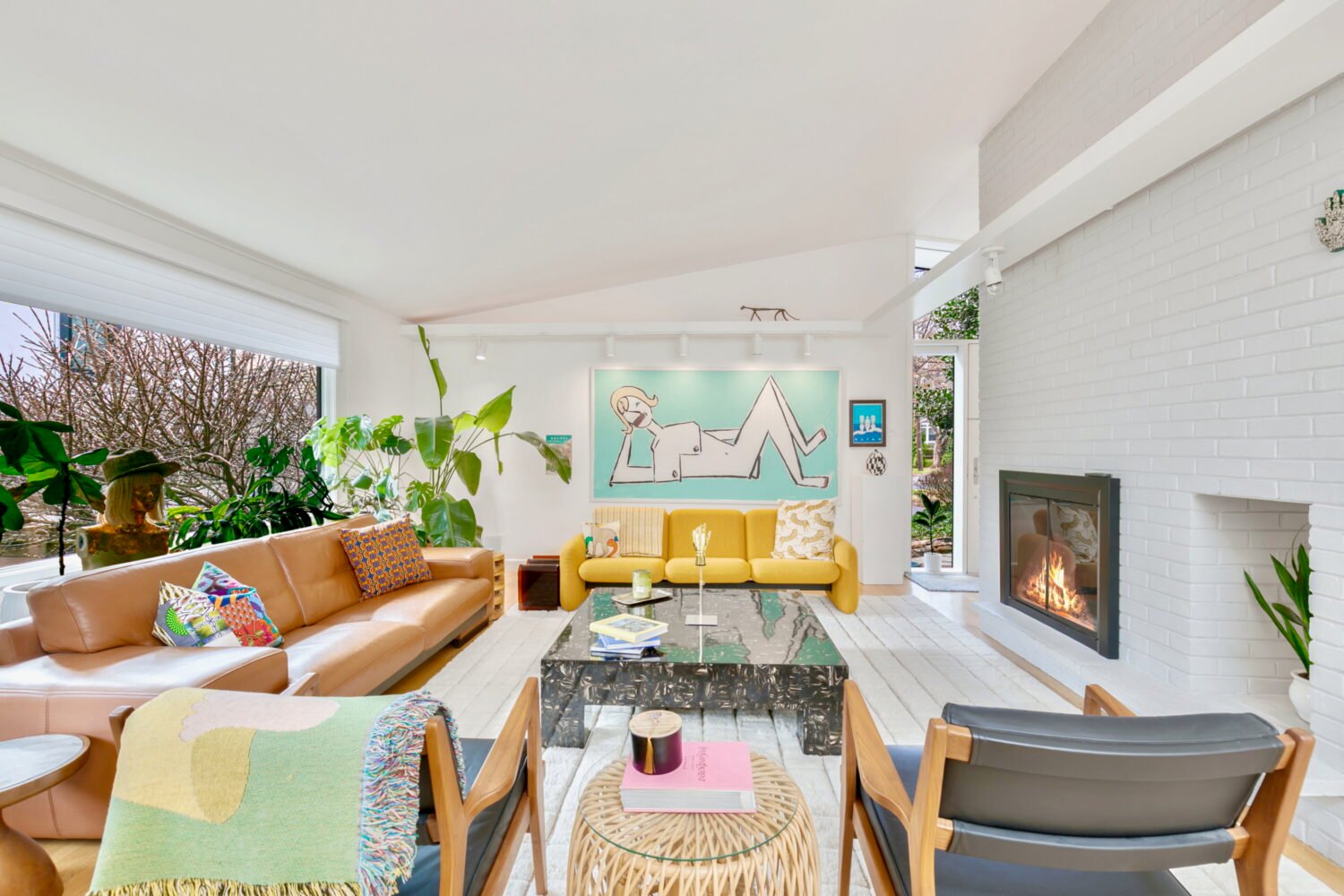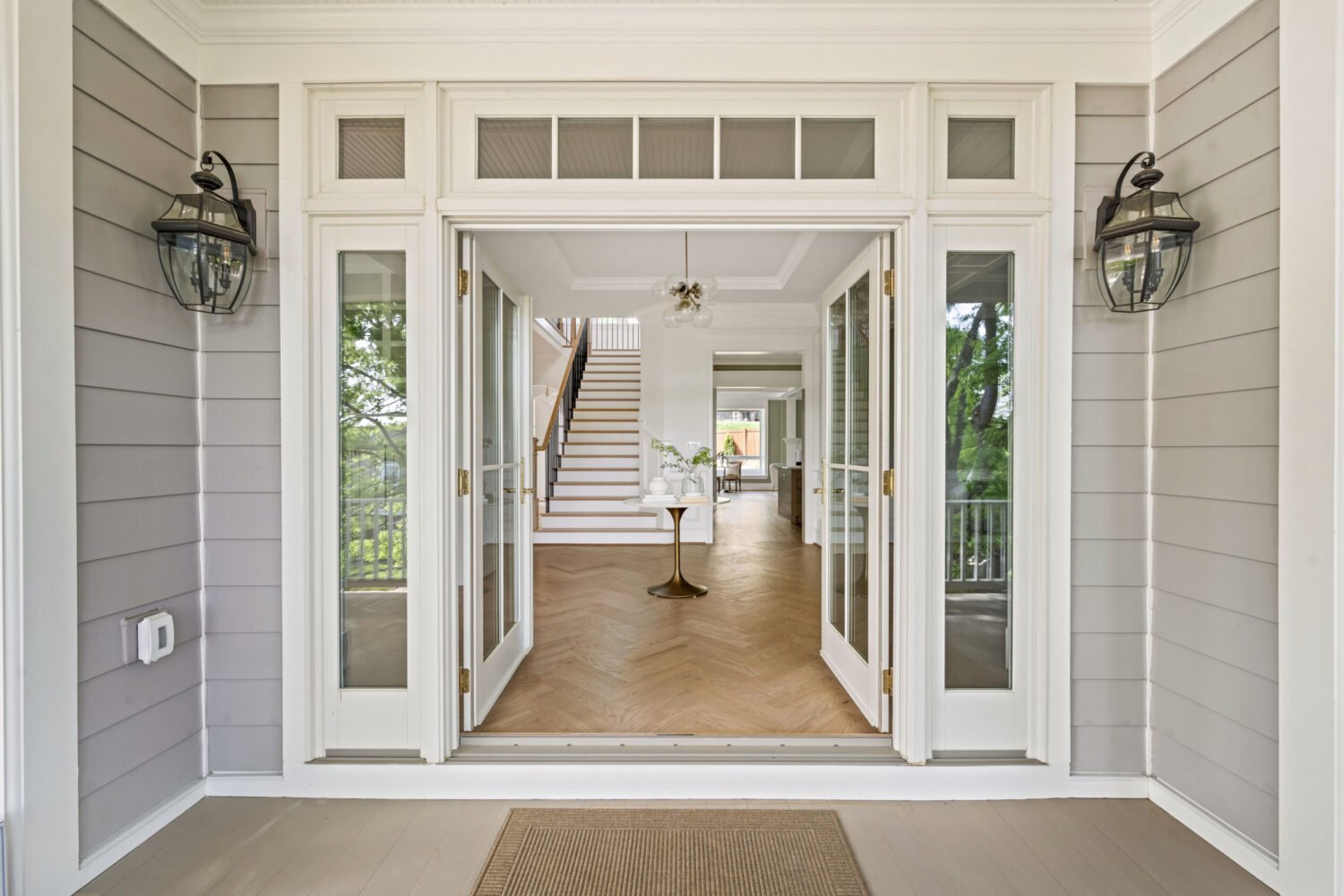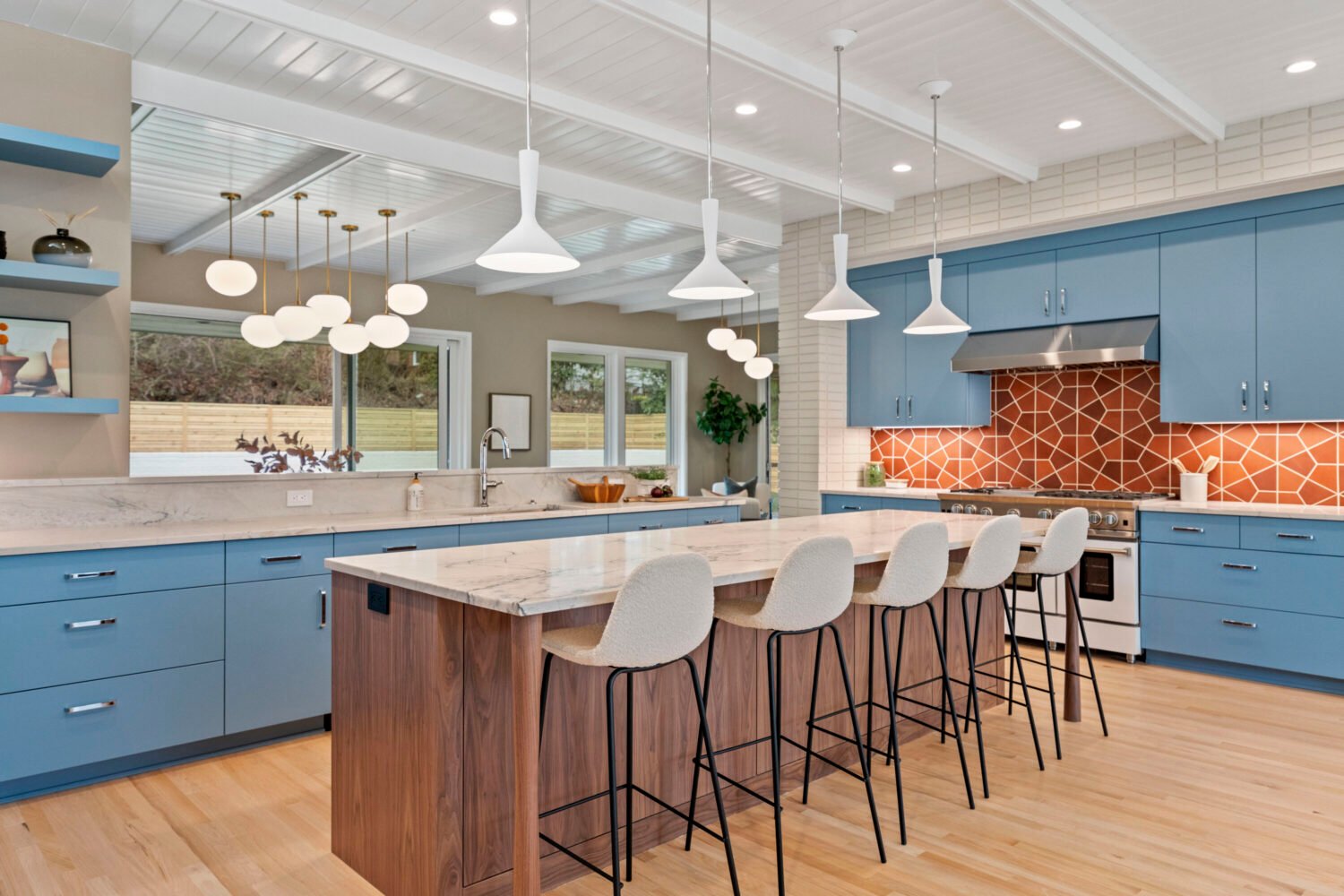In a narrow courtyard on a quiet stretch of road in DC’s Takoma, children build snowmen in the cold. Eleanor Whitman watches from the warmth of her three-bedroom duplex, thinking how much she enjoys being a part of the kids’ lives.
Fifteen years ago, the divorcée packed up her three-floor brick house in University Park, near the University of Maryland, and moved to Takoma Village Cohousing, a 43-unit community on a 1.4-acre spread of land. Almost immediately, the 84-year-old says, she built meaningful relationships with neighbors, young and old: “You get to know people here. These things wouldn’t happen in a regular community.”
Those “things”—the ways Takoma Village distinguishes itself from a typical community—are legion. In most urban buildings, tenants don’t make it beyond one another’s thresholds; at Takoma Village, Whitman cooks minestrone for the weekly dinner she shares with other residents. In standard condos, cleaning services tidy common areas; here, community members contribute six hours of maintenance and administrative work per month.
The cohousing model seeks to foster strong relationships among residents, and for retirees in particular it can provide an escape from the isolation that often accompanies old age. The trend boasts about 135 communities nationwide, including 13 in the Mid-Atlantic region. Cohousing advocate Charles Durrett—an architect who with his wife imported the concept from Denmark in the 1980s—says that number is on track to double in the next ten years, as baby boomers and empty-nesters demand more innovative retirement options. According to a 2013 story in the Guardian, the living arrangement accounts for an estimated 8 percent of households in Denmark.
Everything about the model, from its layout to its structure, promotes socializing. Members have private, small homes—typically facing an open green area—but share a large community space called a common house, often equipped with a kitchen, dining area, and guest room. Parking lots might be placed away from residences to encourage encounters with neighbors, and it’s not unusual to hear about residents sharing basements, lawn mowers, even cars.
This sort of support network isn’t inexpensive, though. In 2013, a three-bedroom in Takoma Village sold for $500,000, according to one of the community’s developers. In a real-estate market as competitive and expensive as Washington’s, cohousing has become a social model targeting the middle class and above.
Residents, Durrett says, are “people who believe their own life will be better if they cooperate with their neighbors.”
The cohousing model attempts to balance sharing and privacy. Unlike a commune, where people share food, land, and furniture, cohousing projects are typically registered as condominiums, co-ops, or homeowners’ associations. “It’s the opposite of a hippie commune,” says Ann Zabaldo, a cohousing developer and Takoma Village resident. Eleanor Whitman says residents can choose to engage—or disengage—whenever they want, one of the primary reasons she was attracted to the concept.
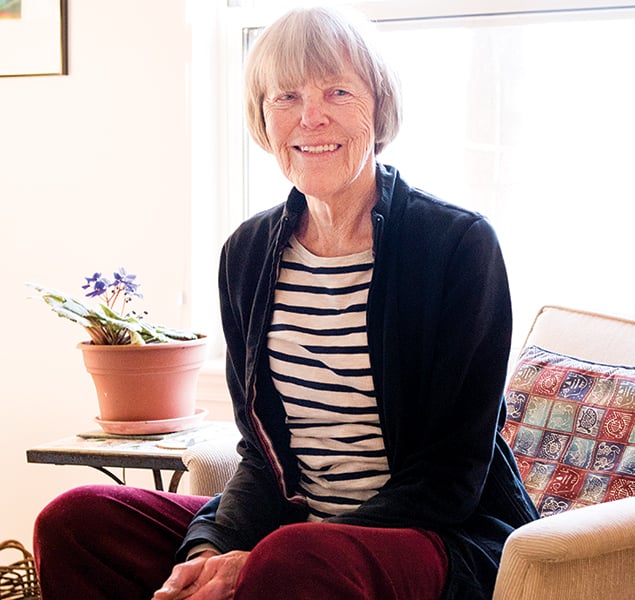
Among the 13 Mid-Atlantic communities is one seniors-only project called ElderSpirit, about five hours outside Washington in Abingdon, Virginia. Most cohousing retirees, however, prefer multigenerational neighborhoods, where they can interact with all ages. Zabaldo has seen many seniors become surrogate grandparents, including one of her current neighbors who came to be known as Nana to a pair of girls in the community.
For those in need of advanced care, however, cohousing may not suffice. Though younger residents typically help seniors with chores like grocery shopping, such neighborly gestures aren’t always enough.
“Cohousing is good for companionship and some caregiving tasks, but if you’re past that level, you might need other options,” says Rodney Harrell, senior adviser at the AARP Public Policy Institute. “It can’t replace trained home-care workers, and it shouldn’t.” One solution: Instead of moving to an assisted-living facility, some seniors in cohousing band together to split the cost of professional in-home care.
At Eastern Village Cohousing, a 56-unit community in Silver Spring, older residents joined together for another cause. More than 20 community members, all age 50 or older, belong to a social group called the Sages. Members plan outings, such as movie nights, lectures at the Library of Congress, and dinners downtown. They say an active social calendar keeps them young. “It really takes the edge off of some of the loneliness,” says 76-year-old member Sara Lovinger.
Typically governed by consensus, cohousing can also lead to the occasional bureaucratic—sometimes comical—roadblock. In one instance at Takoma Village, it took a year for members to agree on a rug for the common house. Zabaldo says that in any cohousing community, there are always one or two people who aren’t as cooperative or who slack on contributing. In those situations, neighbors generally try to talk out problems until they’re resolved. (Because everyone owns his or her individual residence, no one is ever kicked out for failing to pitch in.)
To outsiders, the profusion of meetings may sound cumbersome, but residents insist it’s just another way to grow closer. “We had a lot of meetings in the beginning to establish policies,” says Whitman. But she adds that these days, the community keeps busier with something else: welcome parties for new members.
This article appears in our March 2015 issue of Washingtonian.

